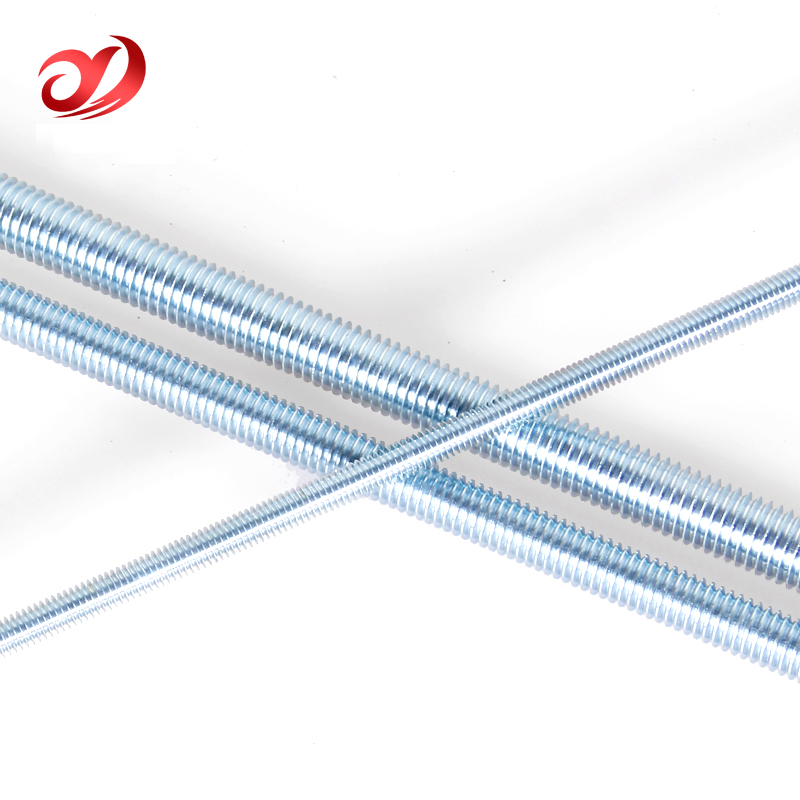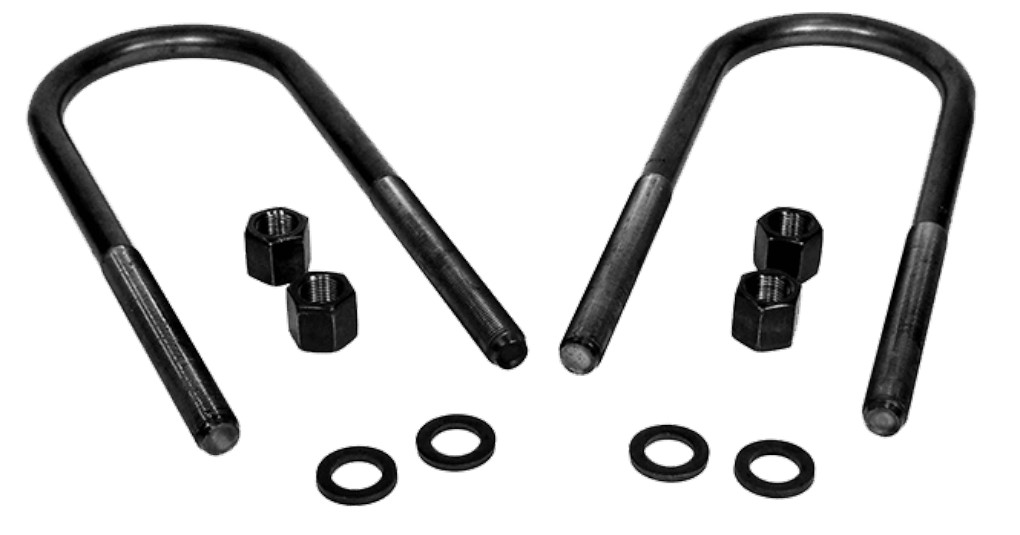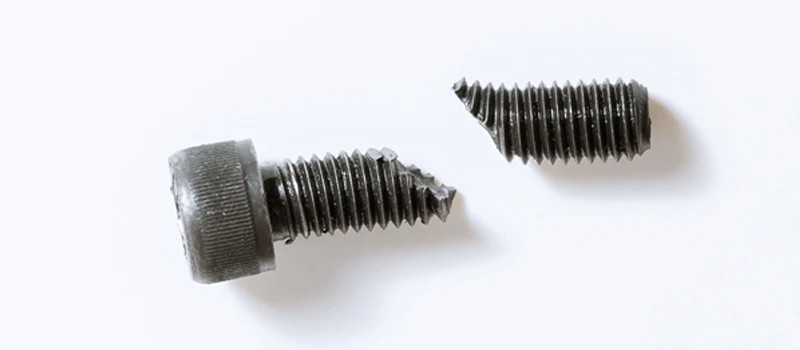Beginner’s Guide to Foreign Trade Procurement: How to Start Successfully
1. Understanding Foreign Trade Procurement
What is Foreign Trade Procurement?
Foreign trade procurement refers to sourcing goods or services from international markets. It is a crucial part of global business operations. Many industries, such as construction, manufacturing, and automotive, rely on importing fasteners (e.g., bolts, nuts, screws) to ensure product quality and compliance with international standards.
Types of Foreign Trade
Foreign trade is generally divided into three types:
Import Trade – Purchasing goods from foreign suppliers and bringing them into the domestic market.
Export Trade – Selling domestic goods and services to foreign markets.
Entrepôt Trade (Re-Export Trade) – Importing goods from one country and re-exporting them to another with minimal processing.
For example, many European and American companies import high-quality DIN and ANSI standard fasteners from China due to their competitive pricing and reliability.
2. How Do Import and Export Work?
Export Process
Receive an inquiry from an overseas buyer.
Provide a Proforma Invoice (PI) detailing product specifications, prices, and shipping terms.
Negotiate payment terms and sign a sales contract.
Prepare goods for export, including quality inspections and packaging.
Arrange shipping and customs clearance with the necessary documentation.
The buyer makes payment based on the agreed terms, and goods are delivered.
Import Process
Identify reliable foreign suppliers and request quotations.
Check product standards, import regulations, and taxes.
Negotiate payment terms, delivery conditions, and prices.
Prepare import documentation (invoice, packing list, bill of lading, certificate of origin, etc.).
Clear customs and pay import duties.
Receive the shipment and distribute it to customers or production lines.
Example: Importing Fasteners
A construction company in Vietnam imports DIN 931 hex bolts from China. They negotiate FOB pricing, arrange sea freight, and pre-handle customs clearance. The goods arrive on schedule, ensuring no delays in their building projects.

3. Methods of Payment in International Trade
Five Common Payment Methods
Letter of Credit (L/C) – A bank guarantees payment to the seller once all contractual conditions are met.
Telegraphic Transfer (T/T, Wire Transfer) – The buyer sends payment via a bank before or after shipment.
Documentary Collection (D/P & D/A) – The seller sends shipping documents through a bank; the buyer pays upon receipt.
Open Account – The buyer receives goods and pays at a later date (e.g., 30-90 days).
Advance Payment – The buyer pays before shipment.
4. Methods of International Trade
Five Common Methods
Exporting – Selling goods and services to foreign buyers.
Importing – Buying goods from foreign sellers.
Licensing and Franchising – Allowing foreign firms to use patents, trademarks, or business models for a fee.
Foreign Direct Investment (FDI) – Setting up business operations in another country (factories, offices).
Joint Ventures – Partnering with foreign companies to share business ownership and risks.
Example: Fastener Export Business
A U.S. construction company sets up a joint venture in China to manufacture and export DIN bolts for global distribution.
5. Choosing the Right Supplier
Supplier Selection Criteria
When selecting a supplier, consider:
Company reputation – Does the supplier have export qualifications? Is their credit history reliable?
Production capacity – Can they handle bulk orders efficiently?
Product compliance – Do the fasteners meet ANSI, DIN, or GB standards?
Reliability – Are they known for timely delivery and good after-sales support?
Case Study: Successful Fastener Import
A German automotive manufacturer needed high-strength bolts (DIN 931 standard) for vehicle assembly. They used a B2B platform to shortlist suppliers and conducted on-site factory inspections. After evaluating multiple suppliers, they selected a Chinese manufacturer that offered hot-dip galvanized anti-corrosion bolts, ensuring compliance with Germany’s strict mechanical engineering standards.
6. Logistics and Customs: Ensuring Smooth Delivery
Choosing the Right Transportation Mode
Sea Freight – Cost-effective for bulk fasteners.
Air Freight – Expensive but fast; suitable for urgent orders.
Land Freight – Ideal for nearby regions (e.g., China-Europe railway).
Essential Documents for Fastener Imports
Commercial Invoice – Contains product details and payment terms.
Packing List – Specifies shipment contents, quantities, and weights.
Certificate of Origin – Required for customs clearance and tax benefits.
Bill of Lading (B/L) – Essential for sea shipments.
Letter of Credit (L/C) – Ensures secure transactions via banks.
Example: Optimizing Fastener Import Logistics
A Vietnamese construction company imported DIN 931 hex bolts using FOB + sea freight shipping. They pre-arranged customs clearance and duty payments to avoid delays. This streamlined process ensured timely delivery for their building project.
7. Understanding Local Tax Policies
Each country has different import taxes; be aware of:
Import duties – Example: EU fastener import tariffs range from 2.7% to 3.7%.
Value-Added Tax (VAT) – Example: Germany applies a 19% VAT on fastener imports.
Other charges – Some countries impose consumption and environmental taxes.
Being informed about tax regulations helps control procurement costs and avoid unexpected expenses.
Final Thoughts
Foreign trade procurement involves multiple steps, from market research and supplier selection to contract signing and logistics management. By following this structured approach, beginners can reduce risks, ensure product quality, and optimize costs.










